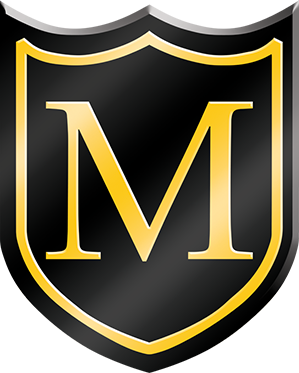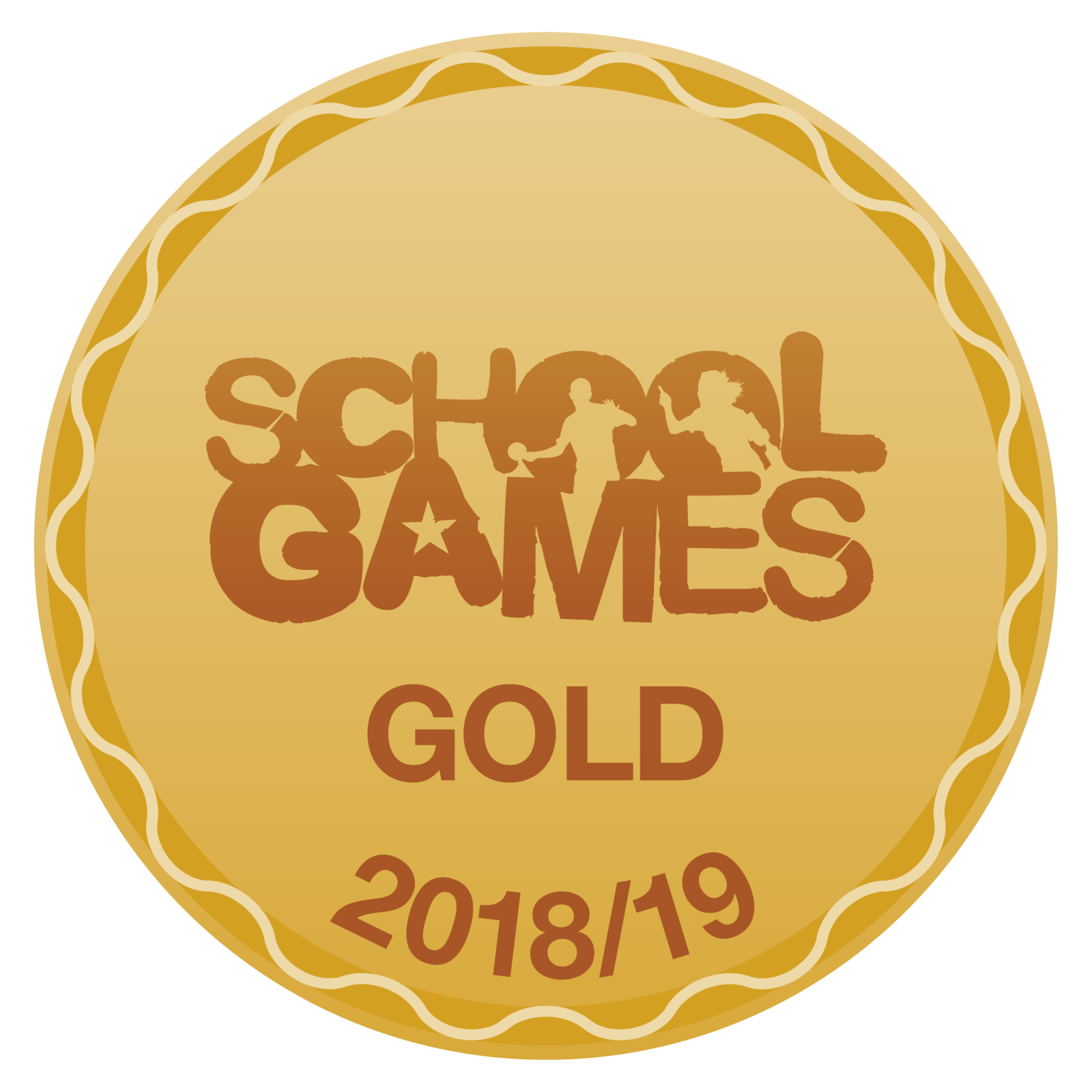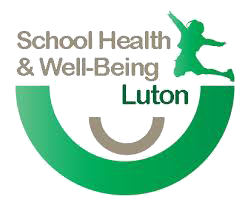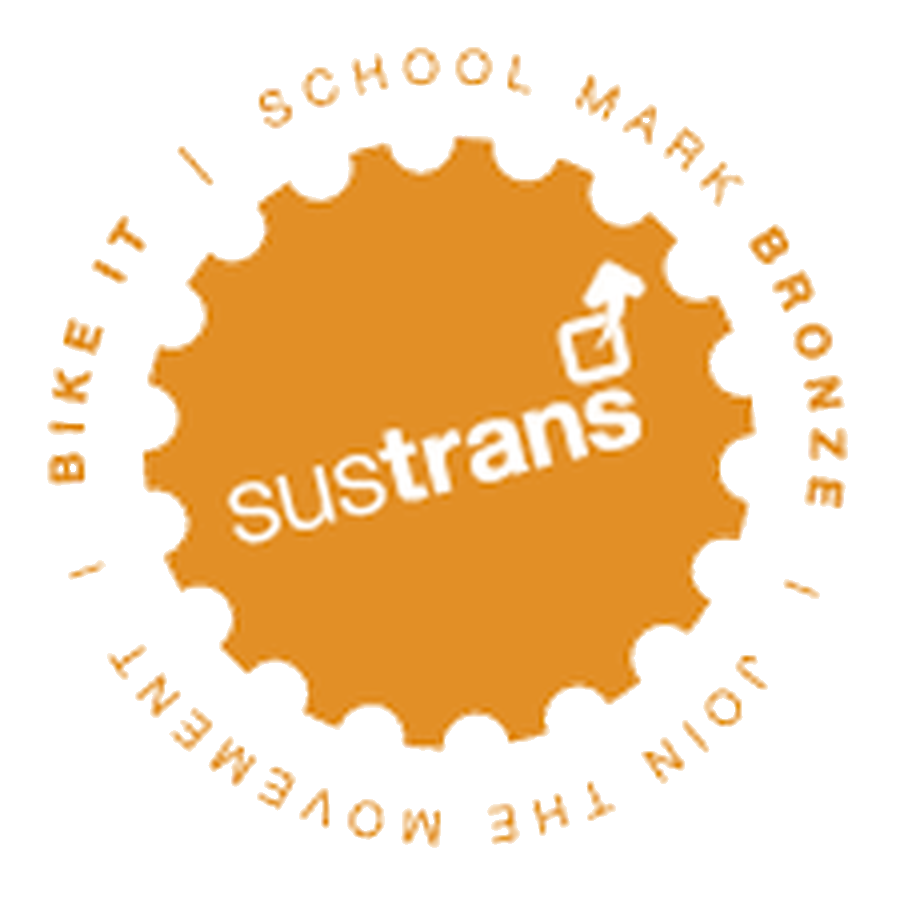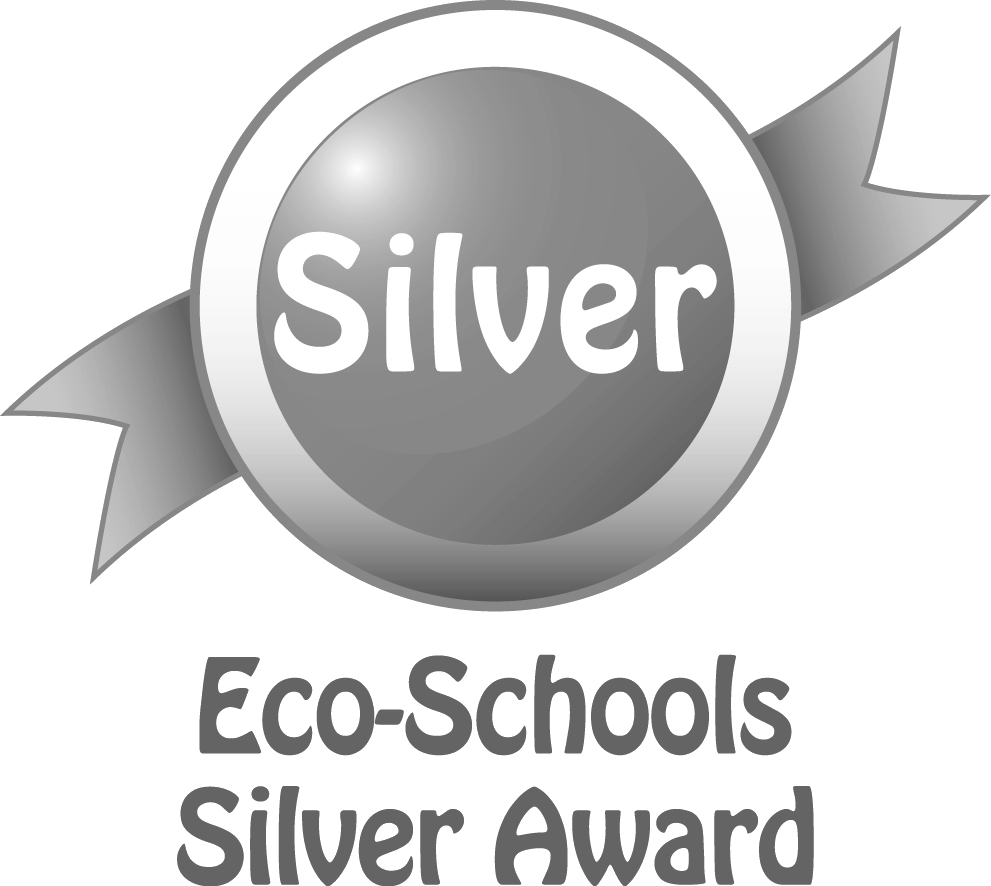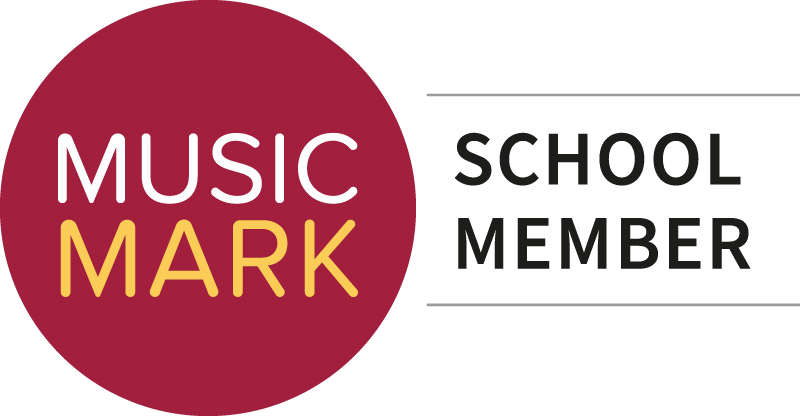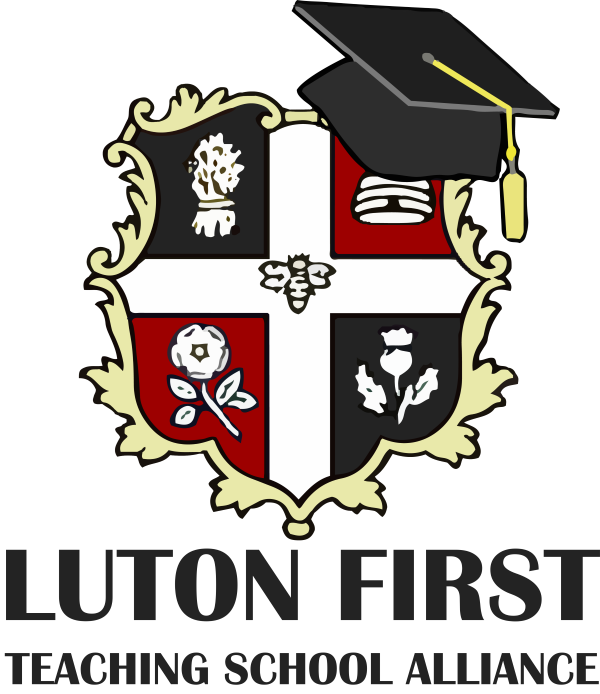History
Curriculum Intent
The Meads is committed to meeting the requirements of the Primary National Curriculum, underpinned by our core values of Resilience, Respect, Responsibility, Kindness and Joy. At The Meads we believe in equipping children with the skills to become lifelong learners. Our history curriculum fosters natural curiosity and analytical thought. We encourage children to become historical detectives – utilising their problem-solving skills, deductions, inference, and experiences to formulate questions, opinions and inform pupil voice. The nature of history is to look at cause and effect over time, to recognise similarities and differences, to evaluate the negatives and positives of historical events and developments on the lives of people in the world. An integral part of the history curriculum is understanding the chronological sequencing of historical events, and be able to recognise the effects each era had on the next. At The Meads we encourage children to participate in investigations, explore and discuss their findings, evaluate their research and formulate opinions from the guidance and facts retrieved. Children are naturally inquisitive and have enquiring minds. History is always evolving; new discoveries and theories are revealed regularly. We believe our children need to understand the past, to recognise its impact on their lives and those around the world, to embrace the positives and learn from the negatives, always looking to be a lifelong learner.
Key Stage 1 Skills
Pupils should develop an awareness of the past, using common words and phrases relating to the passing of time. They should know where the people and events they study fit within a chronological framework and identify similarities and differences between ways of life in different periods. They should use a wide vocabulary of everyday historical terms. They should ask and answer questions, choosing and using parts of stories and other sources to show that they know and understand key features of events. They should understand some of the ways in which we find out about the past and identify different ways in which it is represented. In planning to ensure the progression described above through teaching about the people, events and changes outlined below, teachers are often introducing pupils to historical periods that they will study more fully at key stages 2 and 3.
Pupils should be taught about:
- changes within living memory
- where appropriate, these should be used to reveal aspects of change in national life
- events beyond living memory that are significant nationally or globally [for example, the Great Fire of London, the first aeroplane flight or events commemorated through festivals or anniversaries]
- the lives of significant individuals in the past who have contributed to national and international achievements. Some should be used to compare aspects of life in different periods [for example, Elizabeth I and Queen Victoria, Christopher Columbus and Neil Armstrong, William Caxton and Tim Berners-Lee, Pieter Bruegel the Elder and LS Lowry, Rosa Parks and Emily Davison, Mary Seacole and/or Florence Nightingale and Edith Cavell]
- significant historical events, people and places in their own locality
Curriculum Coverage
EYFS
Talk about members of their immediate family and community
During dedicated talk time, listen to what children say about their family; teachers should also share information about their own families, giving children time to ask questions or make comments; encourage children to share pictures of their family and listen to what they say about the pictures. Using examples from real life and from books, show children how there are many different families.
Name and describe people who are familiar to them
Talk about people that the children may have come across within their community, such as the police, the fire service, doctors and teachers. Listen to what children say about their own experiences with people who are familiar to them.
Comment on images of familiar situations in the past
Present children with pictures, stories, artefacts and accounts from the past, explaining similarities and differences. Offer hands-on experiences that deepen children’s understanding, such as visiting a local area that has historical importance. Show images of familiar situations in the past, such as homes, schools, and transport. Look for opportunities to observe children talking about experiences that are familiar to them and how these may have differed in the past. Offer opportunities for children to begin to organise events using basic chronology, recognising that things happened before they were born.
Compare and contrast characters from stories including figures from the past
Frequently share texts, images, and tell oral stories that help children begin to develop an understanding of the past and present. Feature fictional and non-fictional characters from a range of cultures and times in storytelling, listen to what children say about them. Draw out common themes from stories, such as bravery, difficult choices and kindness, and talk about children’s experiences with these themes. In addition to storytelling, introduce characters, including those from the past, using songs, poems, puppets, role play and other storytelling methods.
Reception
The Early Learning Goals (ELGS) – The knowledge, skills and understanding children should have at the end of their reception year – have changed within each area of learning. These new Early Learning Goals are more closely aligned with the requirements of history curriculum. Within Understanding of the World, there is a new ELG entitled “Past and Present.”
Children will be able to:
- talk about the lives of the people around them and their roles in society.
- know some similarities and differences between things in the past and now, drawing on their experiences and what has been read in class.
- understand the past through settings, characters and events encountered in books read in class and storytelling
Vocabulary: yesterday, last week, before and then.
Skill: Order and sequence a familiar event using words relating to the passage of time, including yesterday, last week, before and then.
- Local history project- visiting a local place of historical importance, include a focus on the lives of men and women. Visiting a local church, sequence photographs of people or buildings from old to new, discussing the past through encounters or stories.
Year 1
Autumn 1 – The Toy Story.
- Visit to the museum
- What toys did we see at the museum?
- How do I find out information about the past?
- Can I identify whether a toy is old or new?
- What toys do we play with now? What toys did I play with as a baby/toddler? What toys will I play with as I become older?
- What did our parents and grandparents play with?
- How can I find evidence to find clues about the past?
- What are the similarities and differences between then and now?
- Are there toys and games which span the eras?
- How can I research to find information about a particular era?
- How have toys changed over time?
- How can I collate my evidence about the changes over time? Using a timeline.
- How and why have materials for making toys changed over time?
- How can I use evidence from the past to inform my opinion on toys of the future?
- I know where people and events fit within a chronological framework. Timelines.
- Design and create a toy.
- Design and create a toy for the future.
- To create a museum of facts, pictures and toys from our research.
- WOW Visit
Spring 2 - School Life: Victorious Victorians.
- Visit Victorian school/museum
- How can I recount my visit to the museum?
- How can I use photographs to gain information about the past?
- Can I identify on a timeline events which are relevant to myself, my school and my local area?
- I can identify when the Victorian era was and why this era was called the Victorian era?
- What influence has the Victorian era had on life today?
- What was life like for children during the Victorian era?
- Who influenced the changes in children’s lives?
- What was school life like during the Victorian era?
- How can I investigate the past using first-hand accounts?
- What are the similarities and differences between the two points of view?
- What are the similarities and differences between school life in the Victorian era and school life today?
- How has school life changed over the decades since the Victorians introduced schooling?
- What are the advantages and disadvantages of the changes?
- What information can I add to the timeline?
- How can I apply my knowledge of the past?
My Town.
- What do I already know about Luton’s history?
- Can I identify how Luton acquired its name?
- Is Luton an old or a new town?
- Who settled in Luton when and why? Why are Watling Street, The Icknield way and The River Lea so important to the development and growth of Luton?
- What historic buildings or historic settlements do you know in the local area?
- Explore the industrialisation of Luton – why was the 19th Century so important?
- Research The change in Luton’s history – from industrialisation to commercialisation.
- Compare and contrast the historic changes, growth, industrialisation, commercialisation and todays vibrant town.
Discuss photographs of buildings in and around Luton, Do the children recognise any of them? What was the purpose of the buildings? Discuss the trades that flourished in Luton during the Victorian era and their links to the local buildings.
|
Vocabulary |
|
yesterday, days, ago, weeks, last month, a long time ago, now, today, tomorrow, week, past, last year, decades, timeline, Victorians, artefacts, chimney sweeps, reforms, childhood, old, then, before, order, time, family, life, investigate, artefacts, history. |
Year 2
Autumn 1 - Magnificent Monarchs.
- Who or what is a monarch, why are they important? (Recap Queen Victoria,)
- Who is the reigning monarch and her influence on the country?
- How can I use a timeline to embed my learning?
- How can I recognise objects which are significant to a Monarch?
- How can I understand the role of a Monarch?
- What qualities, attitude and behaviours would we expect from a successful Monarch?
- Who writes the rules and laws and how does this effect the people?
- Which rules and laws do I believe to be fair or unfair?
- Who was King William I and why was he significant?
- Who was Henry the VIII and why was he important?
- How can I use a timeline to identify the significant people and events in history?
- How can I compare two significant monarchs?
- What are the most significant changes I have identified which have had an affect on our laws, religion, and our country?
Spring 2 - Up, Up and Away……
- What do I know about flight? What flies?
- Have you ever flown? Where did you travel to?
- What is a kite and who first used them and why?
- How can I use a timeline to visualise my learning?
- What is an inventor, aviator, adventurer? What qualities do they require to achieve their goal?
- Why is Leonardo da Vinci so famous?
- Who were the Montgolfier’s brother?
- What did Anne-Jean Robert and Nicolas-Louis Robert invent?
- What did George Cayley and Otto Lilienthal’s designs have in common? Can you describe the importance of these inventions and how this may have an impact on us?
- What is an airship?
- What impact did the Wright Brothers have on flight?
- What is the difference between biplanes and monoplanes?
- Can boats fly?
- When were jet engines invented and what is their significance in history?
- What is the significance of the introduction of the passenger plane?
- What came next? (Space flight).
- Can I identify significant people and events that have changed the course of flight?
- Can I identify significant inventors, adventurers and aviators in the past and present?
- Can I identify how flight has changed during my lifetime?
- Can I identify the qualities of historic inventors? What qualities does an inventor require to achieve their goal?
My Town.
- What do I already know about Luton’s history?
- Can I identify how Luton acquired its name?
- Is Luton an old or a new town?
- Who settled in Luton when and why? Why are Watling Street, The Icknield way and The River Lea so important to the development and growth of Luton?
- What historic buildings or historic settlements do you know in the local area?
- Explore the industrialisation of Luton – why was the 19th Century so important?
- Research The change in Luton’s history – from industrialisation to commercialisation.
- Compare and contrast the historic changes, growth, industrialisation, commercialisation and todays vibrant town.
Consider the impact that the development of Luton Airport had on the surrounding areas. The employment, additional housing and the change from industrialisation to commercialisation
|
Vocabulary |
|
Flight, kites, aeroplanes, helicopters, hot air balloons, airship, ceremonies, invented, Hydrogen, professor, gliders, engineer, astronomer, aerodynamics, Zeppelin, rotor, Biplane, monoplane, jet engine, passenger, space shuttle Monarch, Queen, religion, role model, country. |
Year 3
Autumn 1 – Long, long ago… (The Stone Age to The Iron Age)
Stone Age.
- How can I order events in time?
- When was the Stone Age?
- How do you think we find information out about how people lived a long time ago?
- How did the Stone Age get its name?
- Did you know the Stone Age was split into three different periods?
- What was life like in the Stone age?
- What similarities and differences are there between the end of the Stone Age era and today?
- How can I collate information about the Stone Age era?
Bronze Age
- When was the Bronze Age?
- How did the Bronze Age get its name?
- Archaeologists look at artefacts to determine an opinion - what do you think these artefacts are?
- Did the people of the Bronze Age era believe in Gods and an afterlife? How do we know?
- Can you explain the changes in the agricultural aspect of life during the Bronze Age?
- How can I collate information about the Bronze Age?
- What information can I add to the timeline to embed my learning?
Iron Age
- When was the Iron Age?
- What was life like in the Iron Age?
- Who lived in Britain during the Iron Age?
- What type of houses do you think Iron age people lived in?
- What is a fort and what are their significance in the Iron age?
- Did the Iron age people believe in Gods and religion? How do we know?
- Did they go to battle?
- How can I collate information about the Iron Age era?
- How can I compare and contrast life in the Stone Age, Bronze Age and the Iron Age?
- What are the historical implications of each of these ages? Are there any relevance’s to our lives today?
Spring 2
Ingenious Greeks (The Ancient Greeks)
- Who were the Ancient Greeks and when did they live?
- When did Ancient Greek civilisation begin and end?
- What information can I place on a timeline? (include previous learning)
- What was life like in Ancient Greece?
- What are similarities and differences between men and women in Ancient Greece?
- What are the similarities between Athens and Sparta?
- What was the Battle of Marathon? What was its significance?
- How did Greek soldiers protect themselves?
- Who was Alexander the Great?
- Why is Alexander the Great referred to as the “Great”?
- What were the Ancient Greek Beliefs?
- What is a Greek Myth?
- What happened in the Trojan war?
- Who first introduced the Olympics, when and why?
My Town.
- What do I already know about Luton’s history?
- Can I identify how Luton acquired its name?
- Is Luton an old or a new town?
- Who settled in Luton when and why? Why are Watling Street, The Icknield way and The River Lea so important to the development and growth of Luton?
- What historic buildings or historic settlements do you know in the local area?
- Explore the industrialisation of Luton – why was the 19th Century so important?
- Research The change in Luton’s history – from industrialisation to commercialisation.
- Compare and contrast the historic changes, growth, industrialisation, commercialisation and todays vibrant town.
- Explore the Early settlers, where and why they settled in the area? Discuss the historical sites and finds.
|
Vocabulary |
|
Stone Age, Bronze Age, Iron Age, Neolithic, Mesolithic, Palaeolithic, timeline, chronological, events, order, AD- Anno Domini, BC- Before Christ, BCE- Before Common Era. CE – Common Era, valid, archaeologist, archaeological, evidence, artefacts, discovery, human activity, findings, gender, differences, roles, settlements, communities, responsibilities, tools, weapons, hunters, gatherers, prepare, gathered, hunted, animals, collected, spears, tools, research, evidence, clothing, homes, diet, farming, weather, materials, evolved, change, Celts, tribes, ruled, jobs, men, women, farming, attack, weapons, tools, hillfort, defend, attack, protection, chief, features, purpose, Gods, Goddesses, beliefs, religion, druids, sacrifices, deity, rituals, Alator, Brigantia, Saitada, Nuada, natural, Otherworld, Stonehenge, significance, evidence, rituals, Wiltshire, earthworks, bluestones, sarsens, burial, sandstone, prehistoric, Ancient Greeks, Hellenes, Hellas, mainland, colonies, chronological, BCE, CE, empire, locate/location, country, city state, archaeologists, ruins, Athens, Sparta, Minoans, Mycenaeans, dark age, civilization, Crete, Knossos, Invaders, decline, legend, sculpture, sources, dominant, architecture, philosophy, Macedonia, conquer |
Year 4
Autumn 1
In a League of their Own (The Romans)
- What can I place on a time lime to help me visualise events in history?
- Who were the Romans and what do we know about them?
- When and where did the Roman Empire begin?
- Why did the Romans want to conquer Britain?
- How did the Romans conquer Britain?
- How did the Roman Empire effect different people?
- Why did Emperor Hadrian build a wall?
- Why did the Romans build new roads?
- How did each emperor impact on the Roman empire – Caligula, Claudius, Augustus and Julius Caesar?
- What was significant about Emperor Septimius Severus?
- Why was the Roman army so successful?
- What was the Romans beliefs?
- What was Roman life like? For a noble? For a commoner? For a slave?
- Can I compare and contrast life in the Roman era to the present day?
- What lasting impact did the Romans have on Britain?
Spring 2 Spring
What’s Beyond the Horizon? (The Anglo-Saxons)
- What information can I include on a timeline?
- When did the Anglo-Saxon era being and end?
- What is the difference between a settler and an invader?
- Who were the Anglo Saxons and where did they come from?
- What was the consequence of the Anglo Saxons invading?
- What was Anglo Saxon life like?
- How were the settlements organised and managed?
- What was Anglo Saxon culture like?
- What religion did the Anglo Saxons follow when they came to Britain?
- How is evidence used to make historical claims?
- What punishments were given to criminals during the Anglo-Saxon era?
- What impact did the Anglo Saxons have on our lives today?
- Who were the Picts and the Scots?
- Who was King Offa and what is his significance in history?
- Who was King Alfred the Great and what influence has he had on history?
- Can you compare and contrast the lives of the Anglo-Saxon people to our lives today?
My Town.
- What do I already know about Luton’s history?
- Can I identify how Luton acquired its name?
- Is Luton an old or a new town?
- Who settled in Luton when and why? Why are Watling Street, The Icknield way and The River Lea so important to the development and growth of Luton?
- What historic buildings or historic settlements do you know in the local area?
- Explore the industrialisation of Luton – why was the 19th Century so important?
- Research The change in Luton’s history – from industrialisation to commercialisation.
- Compare and contrast the historic changes, growth, industrialisation, commercialisation that made Luton a vibrant town.
- Why are the Anglo Saxons so important to Luton’s history and which Anglo Saxon buildings remain significant today?
|
Vocabulary |
|
Roman empire, conquered, invaded, BC, AD, continents. invasion, conquest, empire, Julius Caesar, Emperor Claudius, conquer, occupy. Roman road, camber, highway, Boudicca, rebellion. Hadrian, turret, mile-castle, fort, Picts, assassinate consul, dictator talents clan, Helmet crest, scarf, cloak, woollen tunic, body armour, arm protection, dagger, sword, shield Jupiter, Juno, Mars, Mercury, Neptune, Venus, Apollo, Diana, Minerva, Ceres, Vulcan, and Vesta. Gods, goddesses, ritual, sacrifice, worship, festival, omen, superstition, prayer. Invaders, settlers.
|
Year 5
Autumn 1
Oh! What a Gift (The Ancient Egyptians)
- What do I know about the Ancient Egyptians?
- When in history did the Ancient Egyptians live? Link to England at the time
- Chronological understanding – Time line - present day – BC & AD - dates increase in both directions. Identify prior knowledge (previous years) and chronological understanding of Egypt.
- Why was the River Nile so important?
- Why were the gods and goddesses revered by the Egyptians?
- Where are the historical features of Egypt and why are they situated in these areas?
- Which Pharaohs influenced the life of the Egyptians the most?
- What did the Ancient Egyptians believed happened in the afterlife?
- What important documents did the Ancient Egyptians have?
- Mummification – ritual of the dead - Pyramids, tombs.
- Can I design a jar fit for purpose? Canopic jar.
- What was life like for the different classes? What is still in place?
- What writing system did the Ancient Egyptians have in place?
- What is the Rosetta Stone and why was its discovery so important?
- What can artefacts tell us about the past?
- How did the Ancient Egyptians contribute to world history and culture?
- How can I realise my canopic jar design?
- How can I create a design for a death mask – Tutankhamun.
- Create a death mask.
Spring 2
The Norse Chronicles (The Vikings)
- What can I include on a timeline to embed my previous learning.
- What was Britain like before the Viking invasion?
- Where were the Vikings from?
- How did the Vikings travel and why did they come to Britain?
- Where did the Vikings invade? What can I find out about the Danelaw?
- How can I recount facts about Lindisfarne and the events that took place there?
- What techniques did the Vikings employ in battle?
- What was life like for Vikings living in Britain?
- Who were the Viking gods and goddesses?
- Why did Britain become a unified country?
- Why did the Viking era end?
- What influence did the Viking era have on our lives today?
My Town.
- What do I already know about Luton’s history?
- Can I identify how Luton acquired its name?
- Is Luton an old or a new town?
- Who settled in Luton when and why? Why are Watling Street, The Icknield way and The River Lea so important to the development and growth of Luton?
- What historic buildings or historic settlements do you know in the local area?
- Explore the industrialisation of Luton – why was the 19th Century so important?
- Research The change in Luton’s history – from industrialisation to commercialisation.
- Luton has a varied history, the town changed from industrial manufacturing to commercialisation. Explore the decline in manufacturing and the expansion of commercialisation.
- Compare and contrast the historic changes, growth, industrialisation, commercialisation and todays vibrant town.
Explore the development of the Hat trade in Luton and the legacy it left behind – the growth of the town, industrialisation, the football team – The Hatters.
|
Vocabulary |
|
Mummification, embalming, Pharaoh, canopic jars deceased, organs, Egypt, River Nile, Cairo, Giza, Valley of the Kings, Tutankhamun, tomb, Africa, Mediterranean Sea, River Delta, Suez Canal, Lake Nasa, landscape, features, climate, canopic, design, stomach, intestines, lungs, liver, hieroglyphs, Horus, Duamutef, Hapi, Imsety, Qebehsenue, ancient civilisation, tomb, Pharaoh, pyramid, ancient artefacts, Tutankhamun, civilisation, Giza, era, chronology, continuity, change, century, decade, legacy, River Nile, Delta, sediment, landscape, flood, banks, fertile desert, settlements, valley, canopic, design, stomach, intestines, lungs, liver, hieroglyphs, Horus, Duamutef, Hapi, Imsety, Qebehsenuef, coil, manipulate, civilisation, society, culture, art, politics, hierarchy, rich, poor, slaves, Pharaoh, soldiers, scribes, craftsmen, artisans, farmers, and traders, social structure, gods, goddess, deity, worship, powers, rule, pharaohs Akhenaten, Pepy II, Amenhotep III, Djoser, Khufu, Hatshepsut, Ramesses the Great, Narmer, Nefertiti and Cleopatra VII, afterlife, tomb, artefacts, Howard Carter, pyramid, curator, chamber, tunnel, treasures, archaeologists, death mark, after life, mummified, wedjat, symbol, protection, afterlife, era, chronology, legacy, communication, Rosetta Stone, Hieroglyphics, cartouche, spells, papyrus, scrolls, danger, afterlife, eternal life, illustrations, Vikings, invasion, conquer, timeline, history invaded, Scandinavia, Norway, Denmark, Sweden, Great Britain, Viking longboat, persuasion, figurehead, long tail, oars, starboard, port, |
Year 6
Autumn 1
Our Darkest hour (World War II)
- What can I add to a timeline to embed my previous learning? Relevant to the Second World War?
- How can I create a timeline of significant events?
- How can I research life before, during and after the holocaust?
- How can I write a factual report about the holocaust?
- How can I compare children from different backgrounds from the time of the holocaust?
- How can I read a historical source and discuss a person’s impact on the world?
- What was rationing?
- What information can I collate about world leaders during World War?
- How can I create a safety guide about the Blitz?
- How can I show empathy with evacuees from World War 2?
- How can I identify the areas of Luton, our local community which were bombed during World War 2?
- How can I compare and contrast modern houses in Luton with those lived in during World War 2?
- How can I take meaning from propaganda posters?
- How can I perform and appraise a piece of music?
- How can I create my own war time poster?
Spring 2
The Magnificent Mayans (The Mayans)
- What and where are the remains of the Mayan civilisation discovered?
- How can I analysis historical artefacts?
- How did the Mayan civilisation develop over time?
- How can I identify the hierarchy of Mayan society?
- How can I find out information about and explore Mayan beliefs?
- How can I write an information text about the Ancient Mayan way of life?
- How can I explore the writing of Ancient Mayan society?
- How can I create a Mayan calendar?
- How can I evaluate the decline of the Mayan civilisation?
- What lasting effects has the Mayan civilisation had on the world today?
- Can I compare and contrast Mayan civilisation with any other civilisation I have explored in the past?
My Town.
- What do I already know about Luton’s history?
- Can I identify how Luton acquired its name?
- Is Luton an old or a new town?
- Who settled in Luton when and why? Why are Watling Street, The Icknield way and The River Lea so important to the development and growth of Luton?
- What historic buildings or historic settlements do you know in the local area?
- Explore the industrialisation of Luton – why was the 19th Century so important?
- Research The change in Luton’s history – from industrialisation to commercialisation.
- Compare and contrast the historic changes, growth, industrialisation, commercialisation and todays vibrant town.
Explore the role that Luton played in the World Wars, the locals who participated, - Luton FC players. The importance of the companies who contributed to the war effort, their growth and identify those that are still in existence today.
|
Vocabulary |
|
Rationing, evacuation, Blitz, chronological order, accuracy, historical sources allied troops The United Nations axis powers, Holocaust, prejudice, discrimination, concentration, Jews, Nazi, persecution, tolerance, Aryan race, ideology, Rationing, Ingredients, Method, imperial measurements, Ratio, concentration camps, persecute, Diary Entry, chronology, non-fiction, World War 2, empathy, politics, Government, leaders, power, viewpoint, ideology, propaganda, Axis, Allies, blitz, bombing, first hand, secondary resources, safety guide, shelter, evacuation, Air raid warden. era, civilisation, Mesoamerica, continent, conquerors, conquistadors, society, savages, Mesoamerica, continent, society, savages, hierarchy, artefacts, archaeology, decline, continuity, legacy, BC (Before Christ), AD (Anno Domini), hierarchy, democracy, tyranny, monarchy, society, status, temples, sacrifice, afterlife, ceremonial, ceremonies, polytheism, Long Count, the Tzolkin (divine calendar), and the Haab (civil calendar) |

